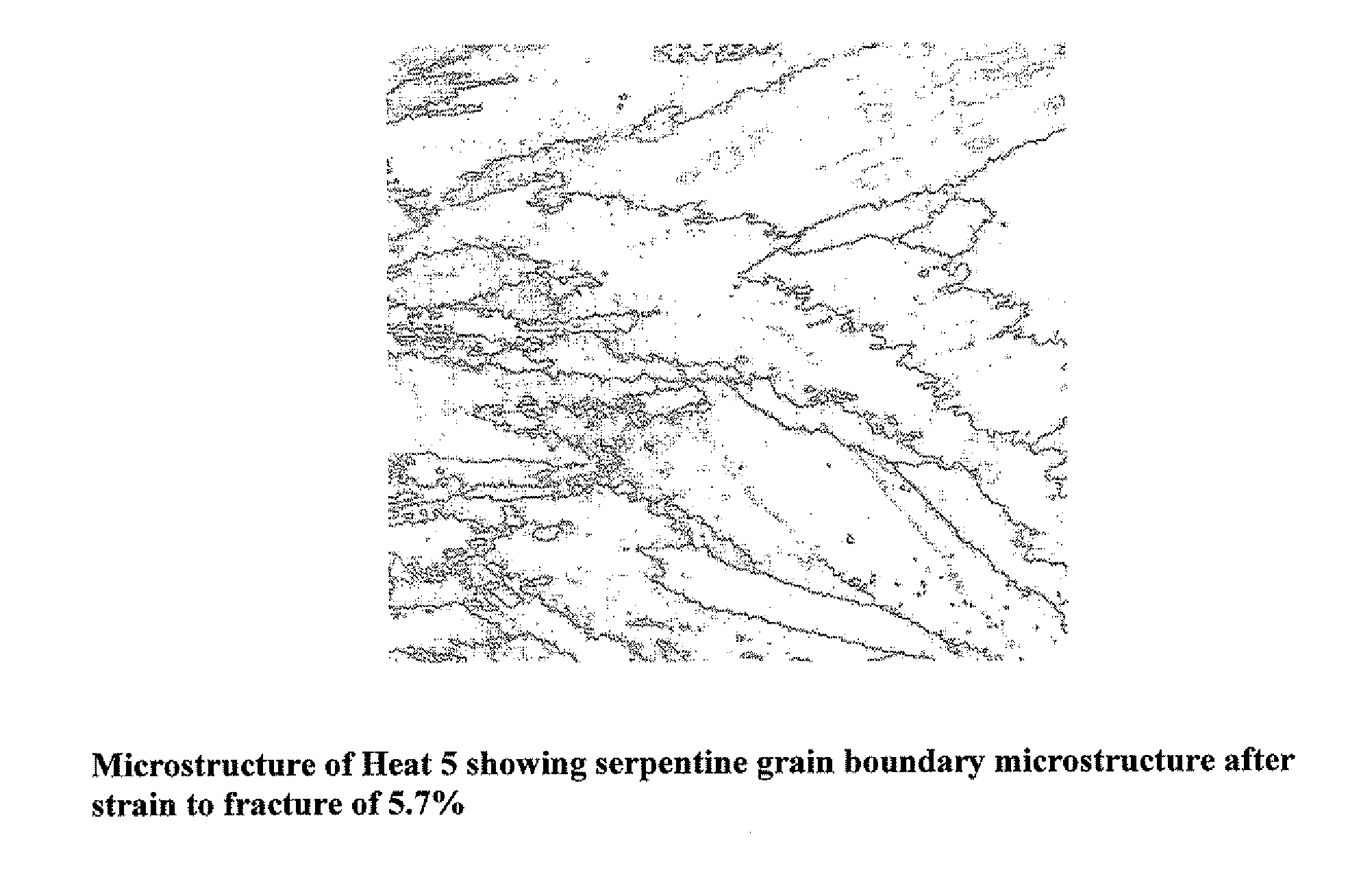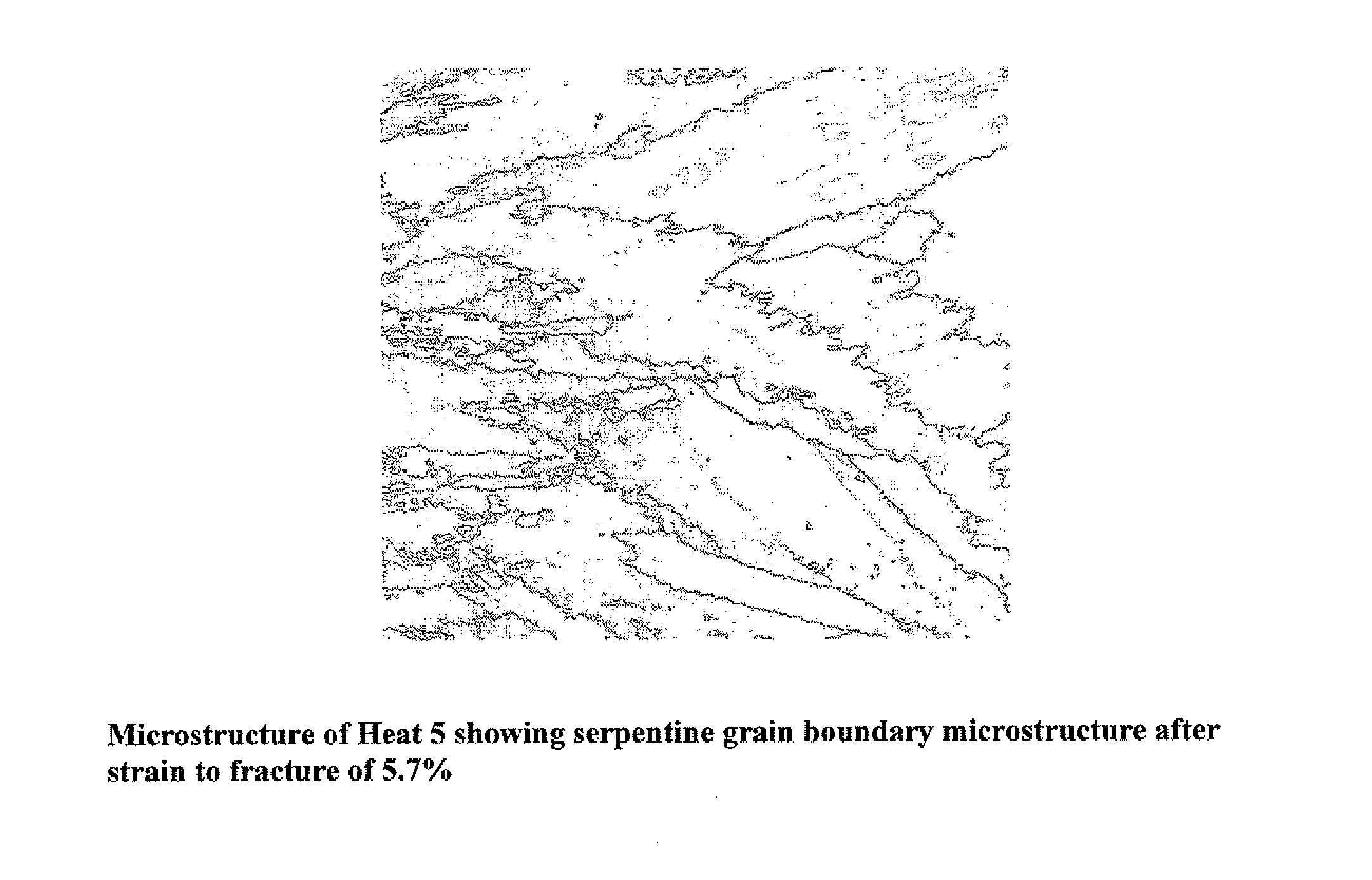Welding alloy and articles for use in welding, weldments and method for producing weldments
a welding alloy and welding technology, applied in the direction of machine/engine, manufacturing tools, welding apparatus, etc., can solve the problems of ductility-dip cracking of ddc fissures, inability to meet the requirements of welding, etc., to achieve the effect of adequate stress corrosion cracking resistan
- Summary
- Abstract
- Description
- Claims
- Application Information
AI Technical Summary
Problems solved by technology
Method used
Image
Examples
Embodiment Construction
[0010]The NiCrFeMoNb welding alloy in accordance with the invention (also referred to herein as a Ni—Cr—Fe alloy) has sufficient chromium along with considerably tight control of secondary chemical constituents, as well as trace elements, to provide suitable corrosion resistance and excellent stress corrosion cracking resistance. In addition, the alloy is resistant to solidification cracking, to root cracking, and to DDC under adverse heating and reheating conditions. The welding alloy of the present invention is also designed to provide resistance to DDC cracking under conditions of both high and low iron dilution.
[0011]In order to confer resistance to solidification cracking, the alloy should have adequate solubility for its alloying elements and a narrow liquidus to solidus temperature range. Also, it should have low levels of sulfur, phosphorus and other low-melting elements, and it should contain minimum levels of elements that form low-melting point phases in the alloy.
[0012]R...
PUM
| Property | Measurement | Unit |
|---|---|---|
| microstructure | aaaaa | aaaaa |
| grain boundaries | aaaaa | aaaaa |
| resistance | aaaaa | aaaaa |
Abstract
Description
Claims
Application Information
 Login to View More
Login to View More - R&D
- Intellectual Property
- Life Sciences
- Materials
- Tech Scout
- Unparalleled Data Quality
- Higher Quality Content
- 60% Fewer Hallucinations
Browse by: Latest US Patents, China's latest patents, Technical Efficacy Thesaurus, Application Domain, Technology Topic, Popular Technical Reports.
© 2025 PatSnap. All rights reserved.Legal|Privacy policy|Modern Slavery Act Transparency Statement|Sitemap|About US| Contact US: help@patsnap.com


